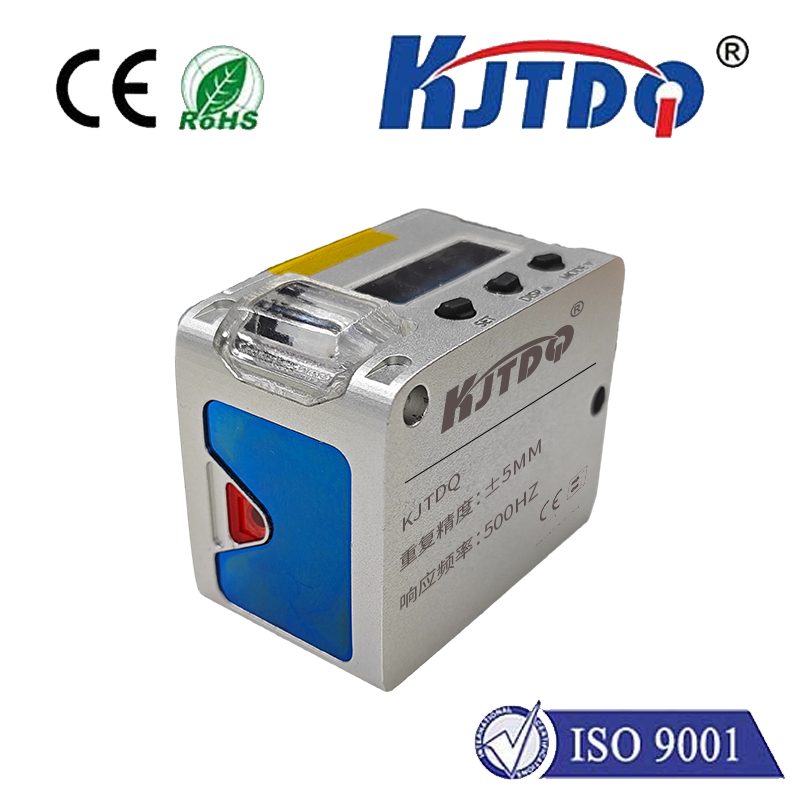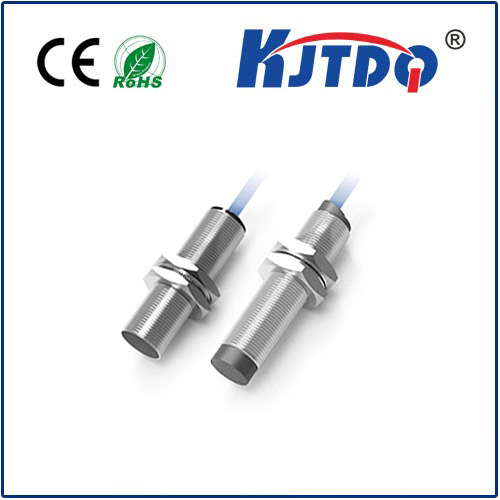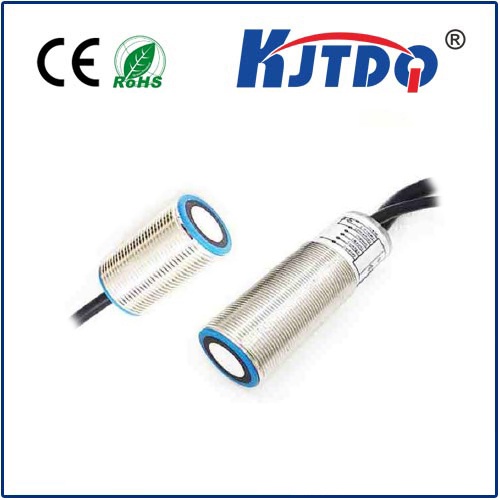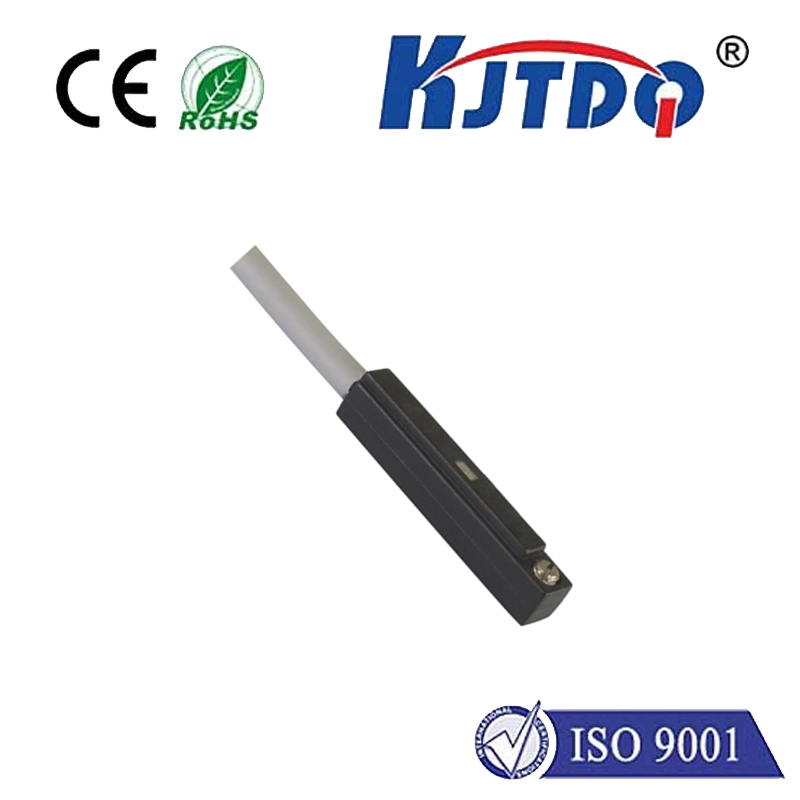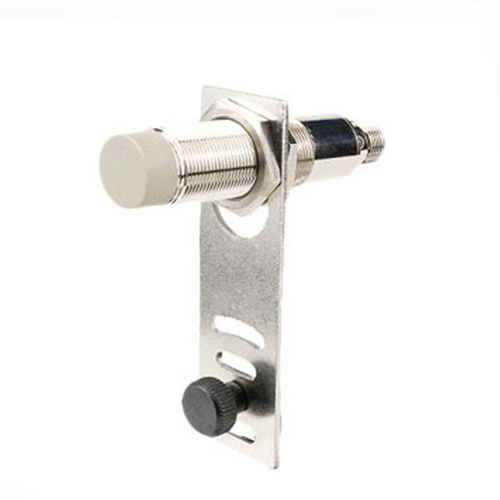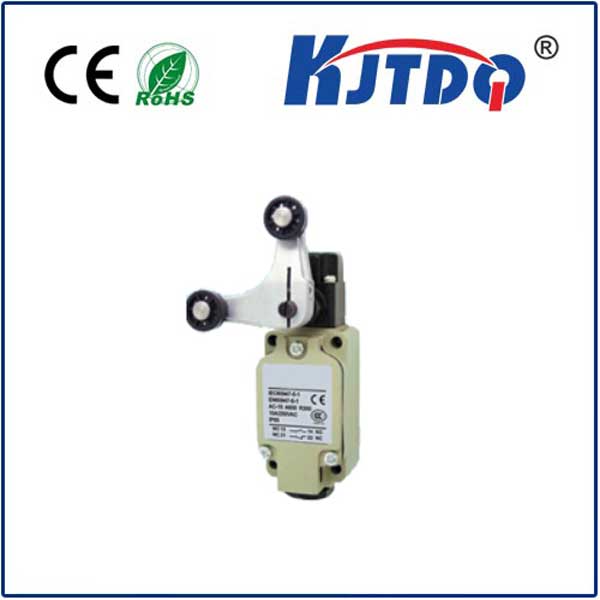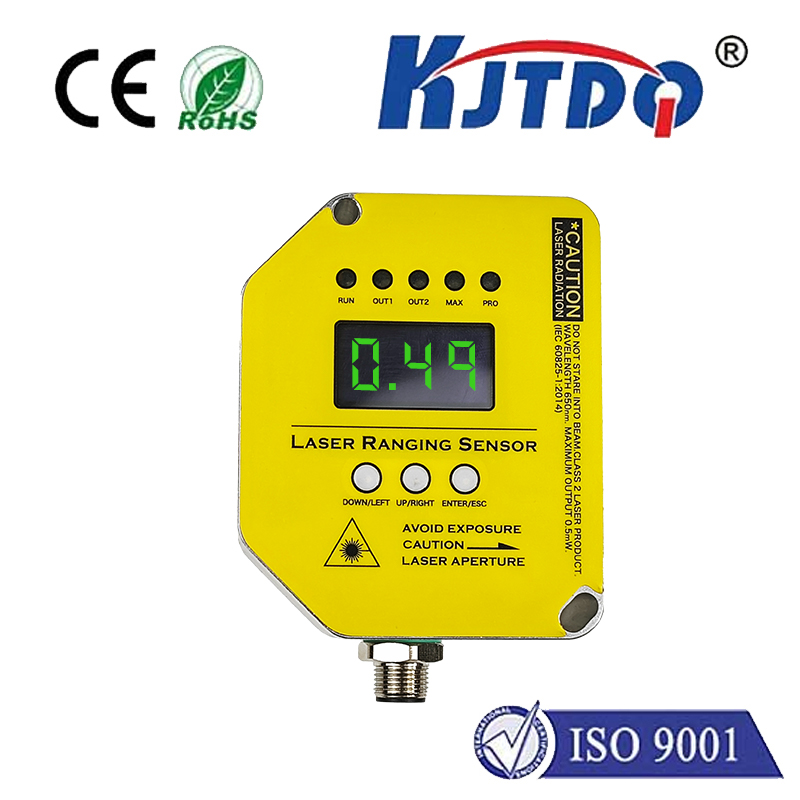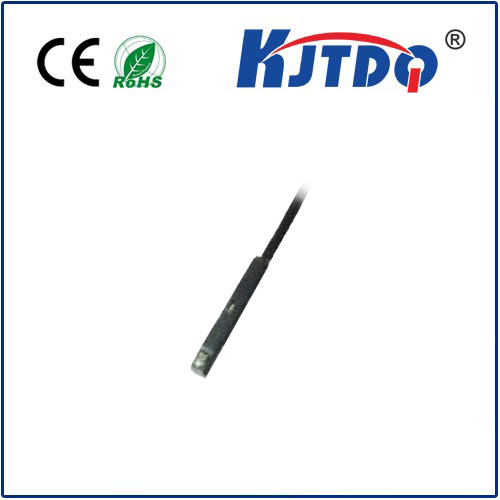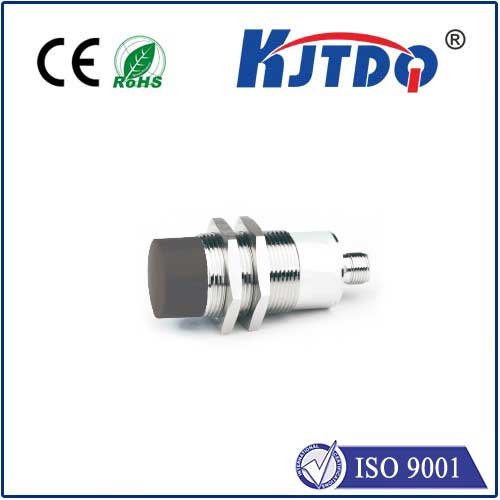inductive proximity sensor price
- time:2025-06-18 02:38:37
- Click:0
Demystifying Inductive Proximity Sensor Price: Key Factors & Smart Buying Insights
Ever wondered why two seemingly similar inductive proximity sensors can carry vastly different price tags? In the intricate world of industrial automation, where these robust workhorses tirelessly detect metal objects without contact, understanding the factors influencing inductive proximity sensor price is crucial for optimizing your project budget and ensuring reliable performance. It’s not just about grabbing the cheapest option; it’s about finding the right sensor that delivers value, longevity, and fits your specific application needs cost-effectively. Let’s delve into the elements shaping the cost landscape.
Core Function & Value Proposition
Inductive proximity sensors operate on a simple yet brilliant principle: they generate an electromagnetic field. When a metal target enters this field, eddy currents are induced within the metal, causing a detectable change in the sensor’s internal oscillation. This change triggers the sensor’s output switch (like turning a light on or off). Their popularity stems from key advantages:
- Ruggedness: Resistant to dust, oil, vibration, and harsh environments (dependent on IP rating).
- Contactless Operation: No physical wear and tear from target contact, leading to exceptionally long service life.
- High Switching Frequency: Capable of detecting targets at very high speeds, essential for modern automation.
- Reliability: Proven technology offering stable performance in demanding conditions.
This inherent value contributes to the baseline inductive proximity sensor price, but significant variations arise from technical specifications.

Key Drivers of Inductive Proximity Sensor Cost
Sensing Range: This is often the most significant factor after basic type. A sensor with a 2mm sensing distance will typically be less expensive than an identical model rated for 15mm or 30mm. Longer ranges require more sophisticated internal coil designs and electronics, pushing the proximity sensor cost upwards. Carefully match the required range to your application; over-specifying here inflates cost unnecessarily.
Housing Material & Design:
- Material: Plastic (e.g., PBT) housings offer a significant price advantage for less demanding environments. Stainless steel (V2A, V4A) housings, essential for corrosive washes, extreme temperatures, or high-pressure cleaning (high IP69K ratings), command a substantial premium. Brass housings fall somewhere in between, often used for general industrial robustness.
- Shape: Cylindrical (threaded barrel) sensors are generally the most common and cost-effective for standard mounting. Rectangular or block-style sensors often cost more due to different manufacturing processes and sometimes offer specialized mounting or sensing characteristics (like factor 1 rectangular models sensing flush).
- Shielded vs. Unshielded: Shielded sensors (flush-mountable) allow installation in metal without affecting their sensing field but are typically more expensive than unshielded (non-flush mountable) types.
- Electrical Output Type:
- AC vs. DC: DC models (operating on 10-30V DC) are far more common in modern controls and generally offer competitive pricing.
- Switch Configuration (PNP vs. NPN): Both are widely available, with price differences usually minor unless tied to other features. Regional preferences often dictate commonality.
- Transistor Type: Standard switching outputs (e.g., NPN/PNP NO/NC) are the economic baseline. Sensors with specialized outputs like Analog (current/voltage proportional to distance), IO-Link (for digital communication and diagnostics), or NAMUR (for intrinsically safe circuits in hazardous areas) carry a notable price premium due to added complexity.
- Performance Specifications:
- Switching Frequency: Sensors capable of detecting targets at very high speeds (e.g., 5kHz vs. 500Hz) generally cost more.
- Hysteresis: The difference between switch-on and switch-off points. While standardized, specialized versions might impact cost.
- Repeatability: Ultra-high precision repeatability often comes at a higher inductive sensor pricing point.
- Temperature Range: Standard industrial sensors (e.g., -25°C to +70°C) are common. Sensors rated for extreme cold (-40°C) or high heat (+100°C and beyond) require specialized components and manufacturing, increasing cost significantly.
Ingress Protection (IP) Rating: Basic dust and splash resistance (IP67) is standard for many industrial sensors and considered in the base proximity sensor price. Achieving higher ratings like IP68 (continuous submersion) or IP69K (high-pressure, high-temperature washdown) requires advanced sealing techniques and materials (like special cable glands or laser-welded stainless steel bodies), substantially increasing cost.
Connection Type:
- Pre-wired Cables: The most common and generally cost-effective option. Cable length, material (PVC vs. PUR), and jacket quality influence price.
- Quick-Disconnect (QD) / Connector Style: Sensors with integral connectors (e.g., M8, M12) offer easier maintenance but are typically more expensive than pre-wired equivalents. You also pay separately for the mating cable connector. Consider maintenance frequency when choosing.
- Brand Reputation & Support: Established global brands often command a higher price point reflecting extensive R&D, stringent quality control processes, global distribution networks, robust warranties, and comprehensive technical support. While generic or lesser-known brands can offer lower initial inductive proximity sensor prices, potential risks include variable quality, lower availability, and limited support.
Navigating the Inductive Proximity Sensor Price Range
Given these factors, prices can range dramatically:
- Basic Entry-Level: Simple DC, short-range (1-4mm), plastic housing, PNP/NPN NO, IP67, pre-wired cable. Often found starting in the \(15-\)30 USD range.
- Mid-Range Standard Industrial: DC, moderate range (up to 10-15mm), brass or plastic housing, standard switching outputs, IP67/IP68, various connection types. Typically falls within \(30-\)75 USD.
- High-Performance / Specialized: Stainless steel housing (especially V4A), long range (20mm+), extended temperature, high switching frequency, Analog/IO-Link/NAMUR outputs, high IP69K rating. Prices can easily reach \(75-\)200+ USD.
Smart Buying Strategies: Value Over Just Price
- Precisely Define Requirements: Don’t over-specify. Analyze the exact needed sensing distance, target material, environmental conditions (temperature, chemicals, washdown), required output type, and mounting constraints. This ensures you pay only for necessary features.
- Consider Total Cost of Ownership (TCO): The initial inductive proximity sensor price is just one factor. A cheaper sensor failing prematurely or causing downtime is far more expensive than a reliable, slightly more expensive model. Look at longevity, reliability reputation, and warranty.
- Evaluate Suppliers: Compare prices from reputable distributors and manufacturers. Consider service levels, technical expertise, and lead times alongside cost. Bulk purchasing often attracts discounts.
- Brand vs. Generic: For non-critical applications in benign environments, a well-reviewed generic sensor might offer good value. For mission-critical processes or harsh conditions, investing in a trusted brand often pays off long-term.
- Check Specifications Carefully: Ensure quoted specs (especially sensing range – often specified for mild steel!) match your actual target material and installation conditions (flush/non-flush).
Understanding the intricate dance of specifications that determine inductive proximity sensor price empowers you to make informed purchasing decisions. By focusing on the essential requirements for your specific application






